Description
Kaolin, a versatile and widely used mineral, holds immense significance in various industries. Its unique properties make it a valuable raw material for ceramics, paper, paints, coatings, plastics, rubber, and more. In this comprehensive guide, we will delve into the world of kaolin, explore its applications, and shed light on where to buy it, including the emergence of Iran as a prominent kaolin exporter.
Understanding Kaolin
Kaolin, also known as china clay, is a soft white clay mineral composed primarily of kaolinite. It is formed through the weathering of aluminum silicate minerals such as feldspar. The resulting clay deposits are rich in kaolin and can be found in various parts of the world, including Iran.
Applications of Kaolin
Ceramics and Porcelain
Kaolin is widely used in the ceramics industry, particularly in the production of porcelain. Its high plasticity and low shrinkage make it an ideal component for shaping and molding. Additionally, kaolin improves the mechanical strength and enhances the fired color of ceramic products.
Paper and Paperboard
In the paper industry, kaolin is utilized as a coating and filler material to improve printability and opacity. The fine particle size of kaolin helps create a smooth surface, enhancing the print quality and reducing ink absorption. Moreover, kaolin imparts brightness and whiteness to paper, making it ideal for high-quality printing applications.
Paints and Coatings
Kaolin plays a crucial role in the production of paints, coatings, and adhesives. Its unique particle structure provides excellent suspension properties, leading to improved coverage and reduced settling. Kaolin also contributes to the stability, durability, and weather resistance of paint formulations.
Plastics and Rubber
In the plastics and rubber industries, kaolin acts as a reinforcing filler. Its incorporation enhances the mechanical properties, such as tensile strength and impact resistance, of plastic and rubber compounds. Kaolin also improves dimensional stability and electrical insulation in these applications.
Where to Buy Kaolin
Kaolin Suppliers
When searching for kaolin, a variety of suppliers offer this mineral. Several renowned companies specialize in sourcing and supplying high-quality kaolin. These suppliers maintain extensive inventories and provide reliable shipping options to customers worldwide. A quick online search using keywords like “kaolin suppliers” will yield a list of trusted suppliers to explore.
Kaolin Manufacturers
Kaolin manufacturers typically extract the mineral from mining sites and process it into various forms suitable for different applications. These manufacturers often have their own mining facilities and processing plants, ensuring a steady supply of kaolin to meet market demands. They work closely with industries to develop customized products tailored to specific requirements.
Iran as a Kaolin Exporter
Iran has emerged as a significant kaolin exporter in recent years. The country boasts abundant kaolin deposits, particularly in provinces like Kerman, Yazd, and South Khorasan. Iranian kaolin companies have invested in modern mining technologies and processing facilities to ensure high-quality products.
The kaolin producers in Iran focus on maintaining strict quality control measures, allowing them to offer premium-grade kaolin to the global market. These companies actively participate in international trade fairs and exhibitions, showcasing their products and establishing partnerships with international buyers.
Iran’s strategic geographical location facilitates its export activities, allowing it to serve markets across Asia, Europe, and beyond. The country’s kaolin companies prioritize customer satisfaction by providing competitive pricing, reliable logistics, and excellent customer support.
kaolin suppliers
kaolin suppliers: It is good to know that kaolin is a white rock mineral from the group of clay minerals and is composed of two quadrilateral layers of silica and the other octahedral layer of hyalomintonium.
Kaolin may not be of much value compared to other rocks, but due to the above properties Its extravagance, its abundant use, and its white color are often referred to as white gold.
Some of its applications require particles, dyes, and transparency, but in some cases this is not the case. It is similar. But most of the use and application of kaolin is in fillers and spreaders or special polishes and bleaches or even to create resistance to abrasion and hardening.
It is also due to its many properties and capabilities in other fields such as paper making, ceramics, oil, inks, paints, refractories, rubber, pharmaceuticals, fiberglass, refractory industries, construction materials and plaster, insecticides, food and so on.
It is used in agricultural industries.In Iran, this mineral material is used in chamotte bricks and internal covering of furnaces, heating boilers and tiles.It is interesting to know that about 50% of kaolin is used in paper making and as a coating or 30% in the ceramic industry.
Also 20% is used in rubber and paint. The absorbency of the compound as well as its good coverage and transparency in the paper are some of the advantages of using kaolin in this industry.
Kaolin is formed when anhydrous aluminum silicate in feldspar rocks such as granite changes due to weathering or hydrothermal process. Quartz and mica remain relatively unchanged while feldspar becomes kaolin. Floating airflow clay is a dry hydrated kaolin isolated to reduce impurities and control particle size distribution.
The coating industry uses only a small amount of floating clay due to its weaker color and more wear due to mineral impurities compared to water-washed grades.
Calibrated clay is made of washed and bleached kaolin during a heat treatment. Fully calcined clays are produced with maximum brightness and turbidity in the range of 1150-1000 ° C.
Due to the importance of the effect of kaolin on coatings, these clay models are offered in more types than other applied silicate fillers. Also, these clays are produced through chemical modification.
Kaolin is used in various industries due to its unique physical and chemical properties. Shape, size, particles, color, softness and non-abrasiveness are physical properties that are of particular importance. The United States was used, more than half of which was used in the paper industry.
Some applications require particles, color, and clarity, but in some cases this is not the case. Similar. But the most common use of kaolin is in fillers and spreaders or special polishes and bleaches or even to create resistance to abrasion and hardening.
Also due to its many properties and capabilities in other fields such as paper, ceramics, oils, inks, paints, refractories, rubber, pharmaceuticals, fiberglass, refractory industries, building materials and plaster, insecticides, food, etc. Be.
Conclusion
Kaolin, with its diverse applications and unique properties, has become an integral raw material in numerous industries worldwide. Whether it is
ceramics, paper, paints, coatings, plastics, or rubber, kaolin’s versatility and performance make it highly sought after. With Iran’s emergence as a notable kaolin exporter, the global market can access high-quality kaolin from the country’s reputable producers. When seeking kaolin, exploring various suppliers and manufacturers will help ensure a reliable source of this valuable mineral for your specific needs.
Are there any specific regulations for importing kaolin from Iran?
Import regulations may vary depending on the destination country. It is advisable to check the specific regulations and requirements of your country before importing kaolin.
What are the main characteristics of high-quality kaolin?
High-quality kaolin exhibits properties like high whiteness, low abrasiveness, excellent plasticity, and specific particle size distribution.


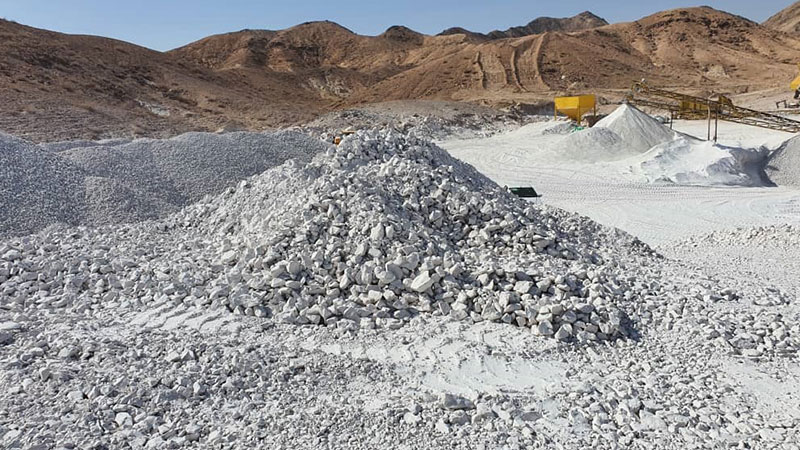
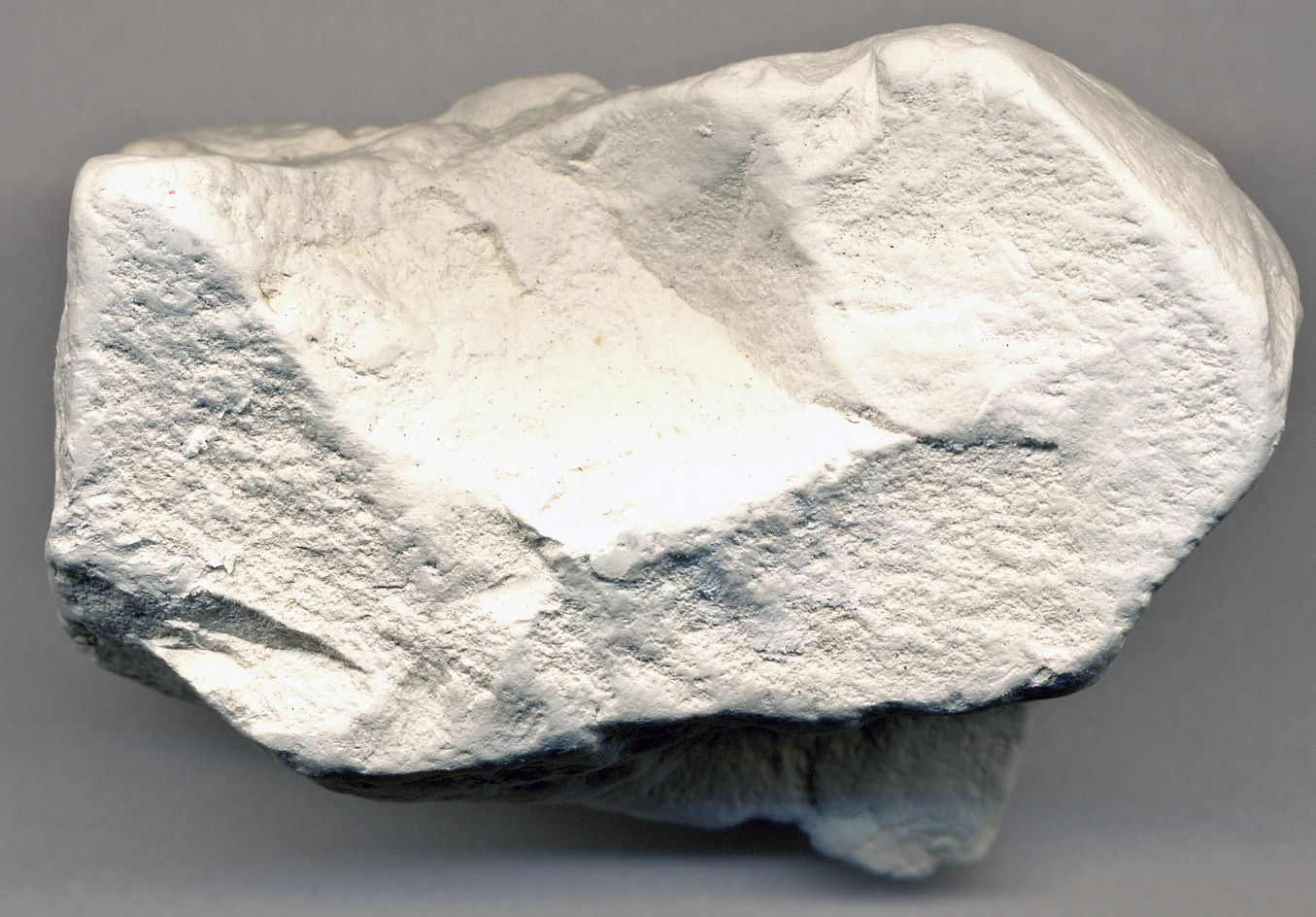
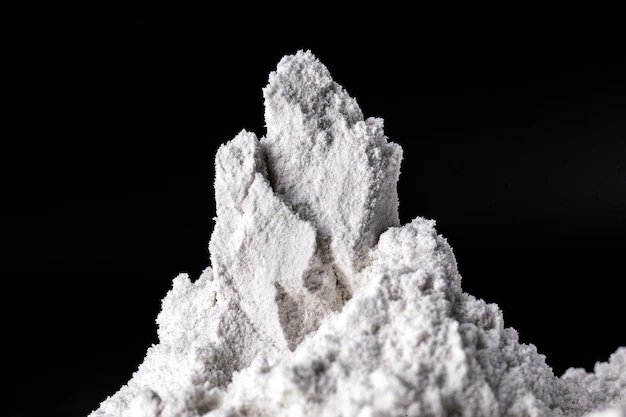
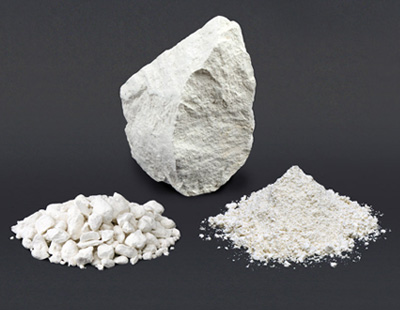


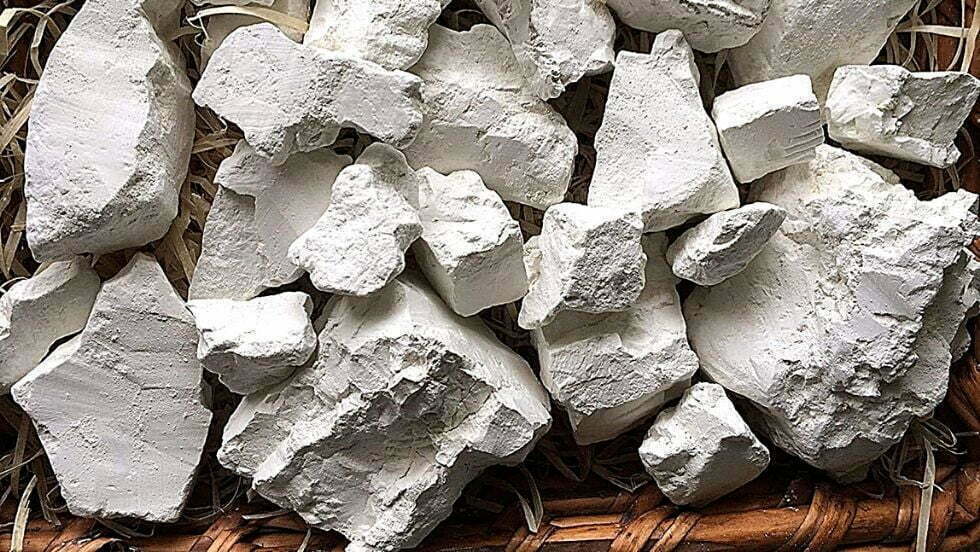
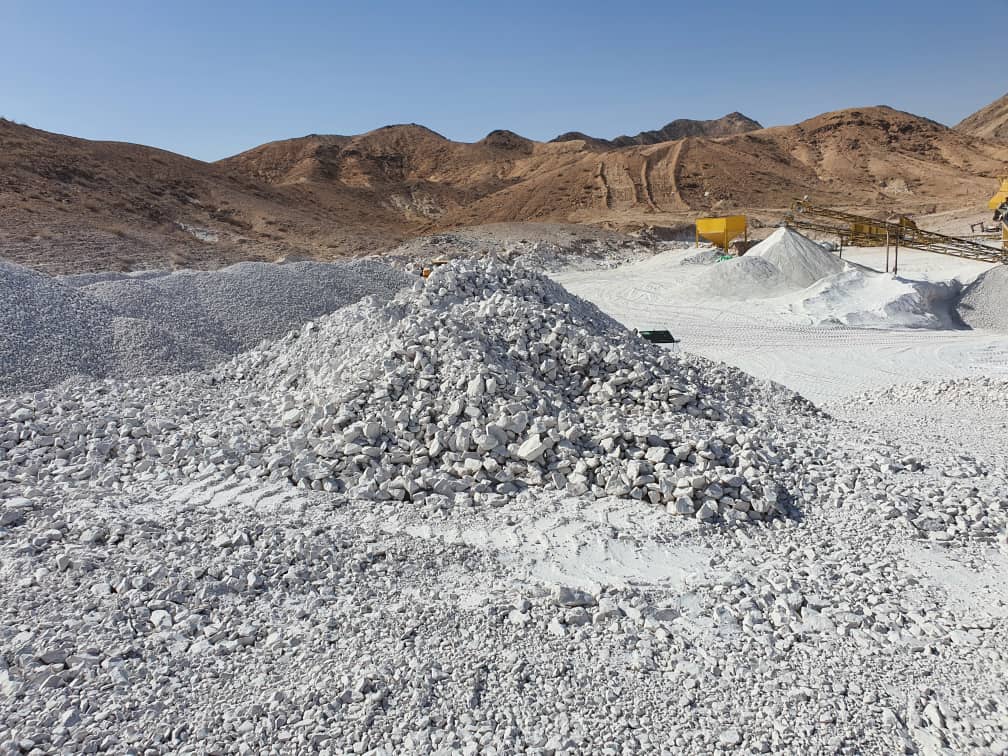
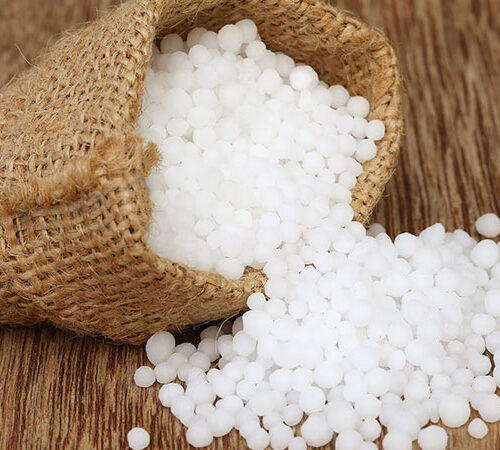
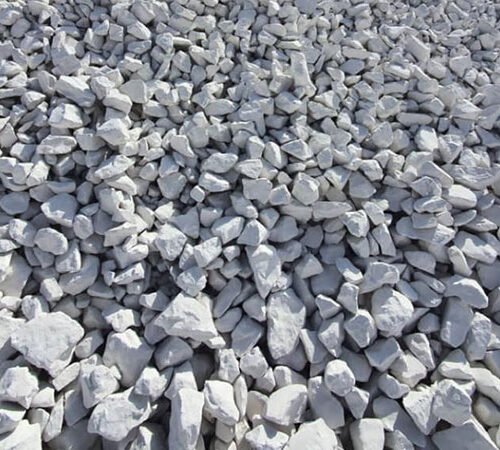
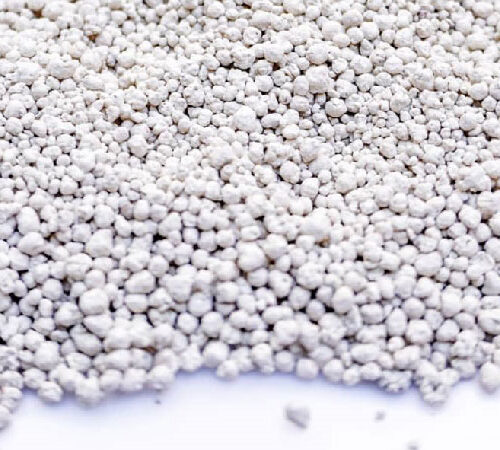
Reviews
There are no reviews yet.